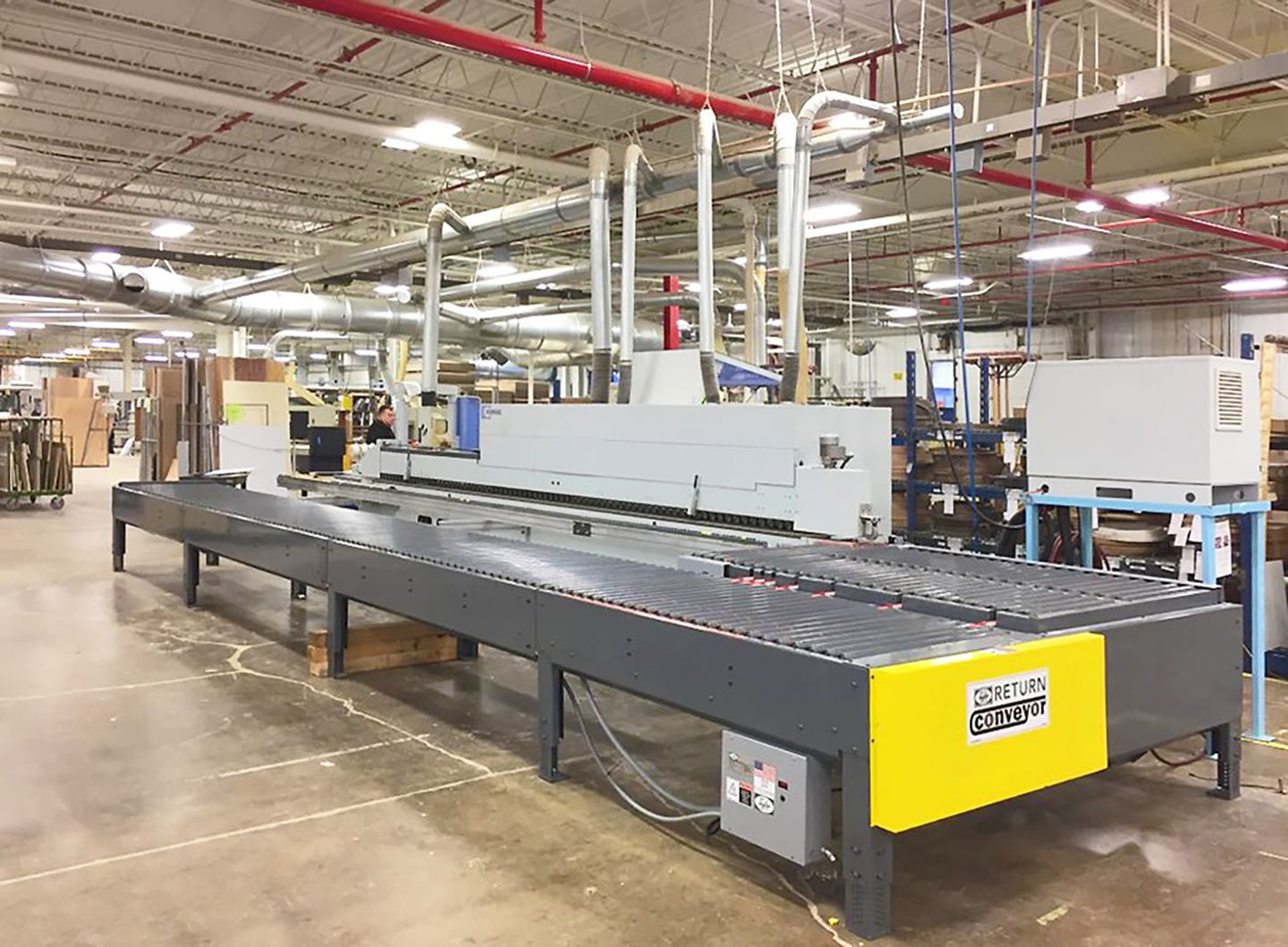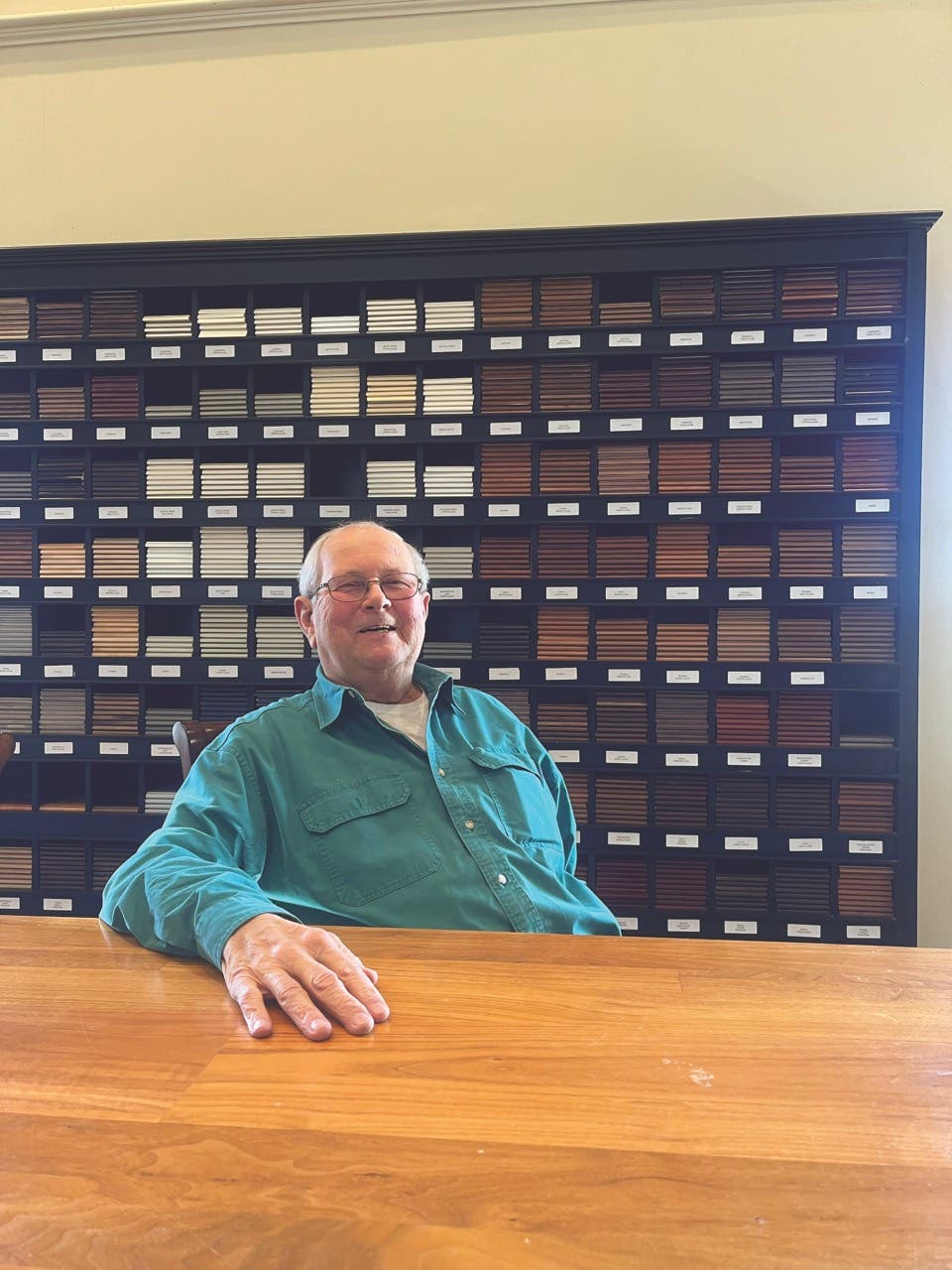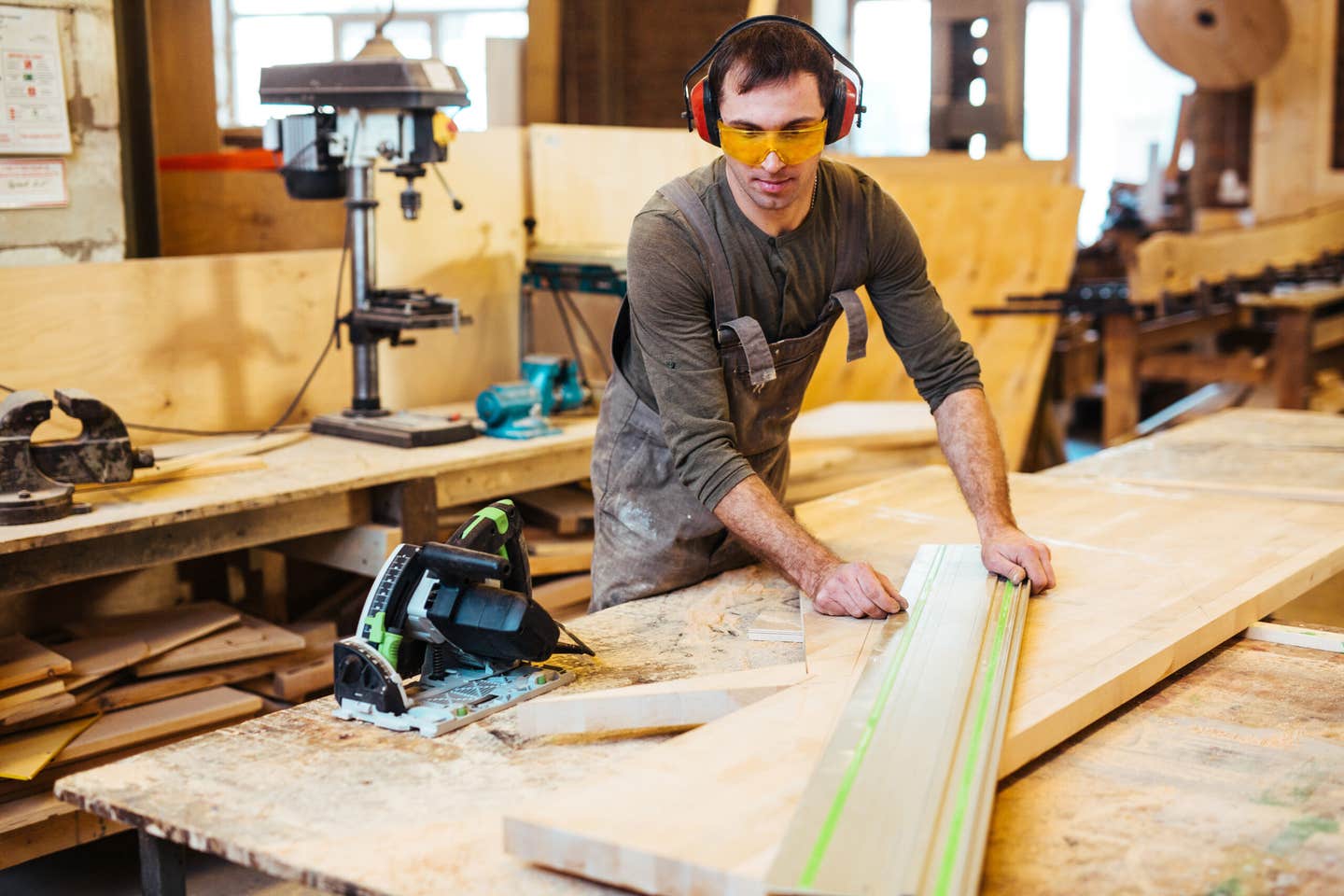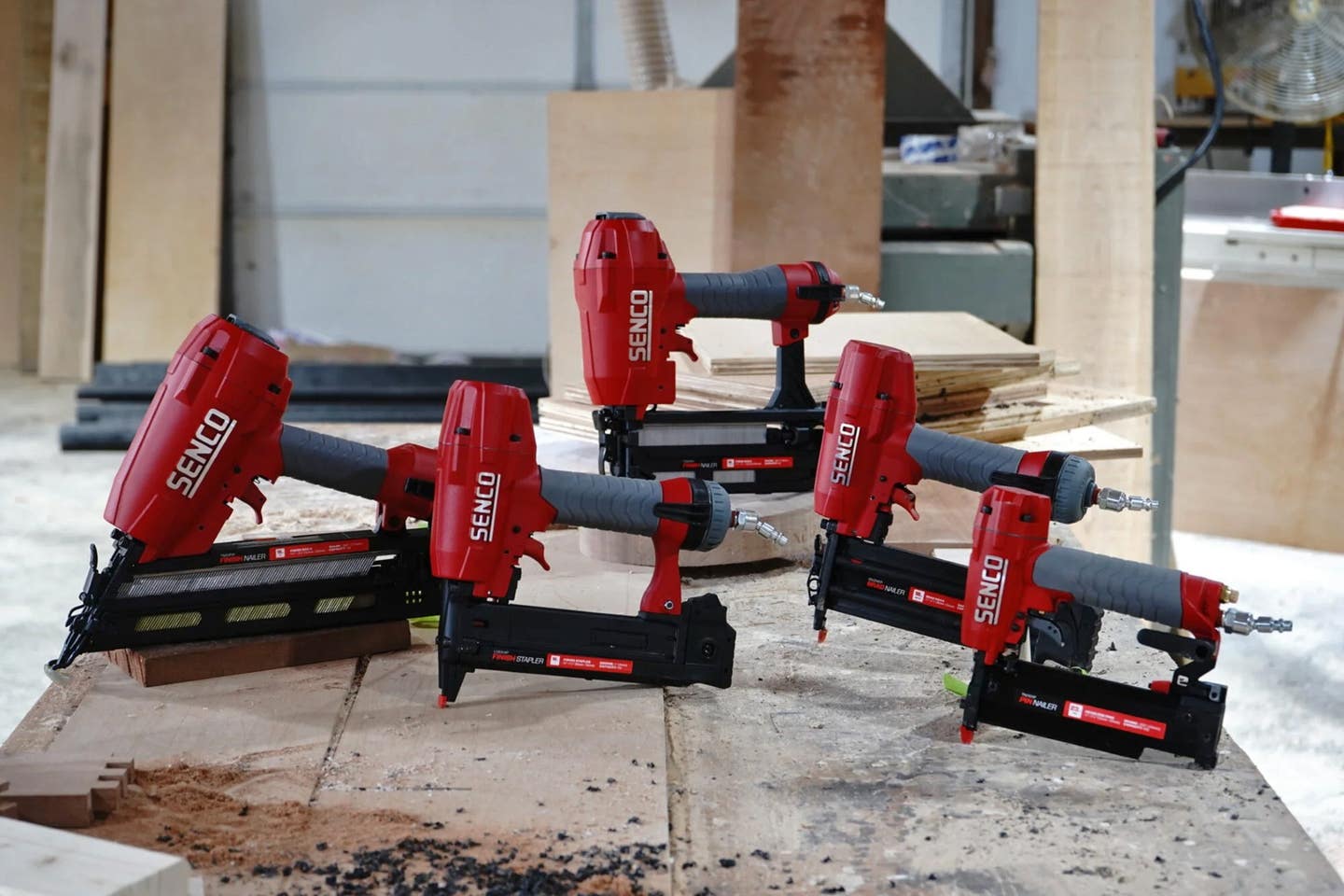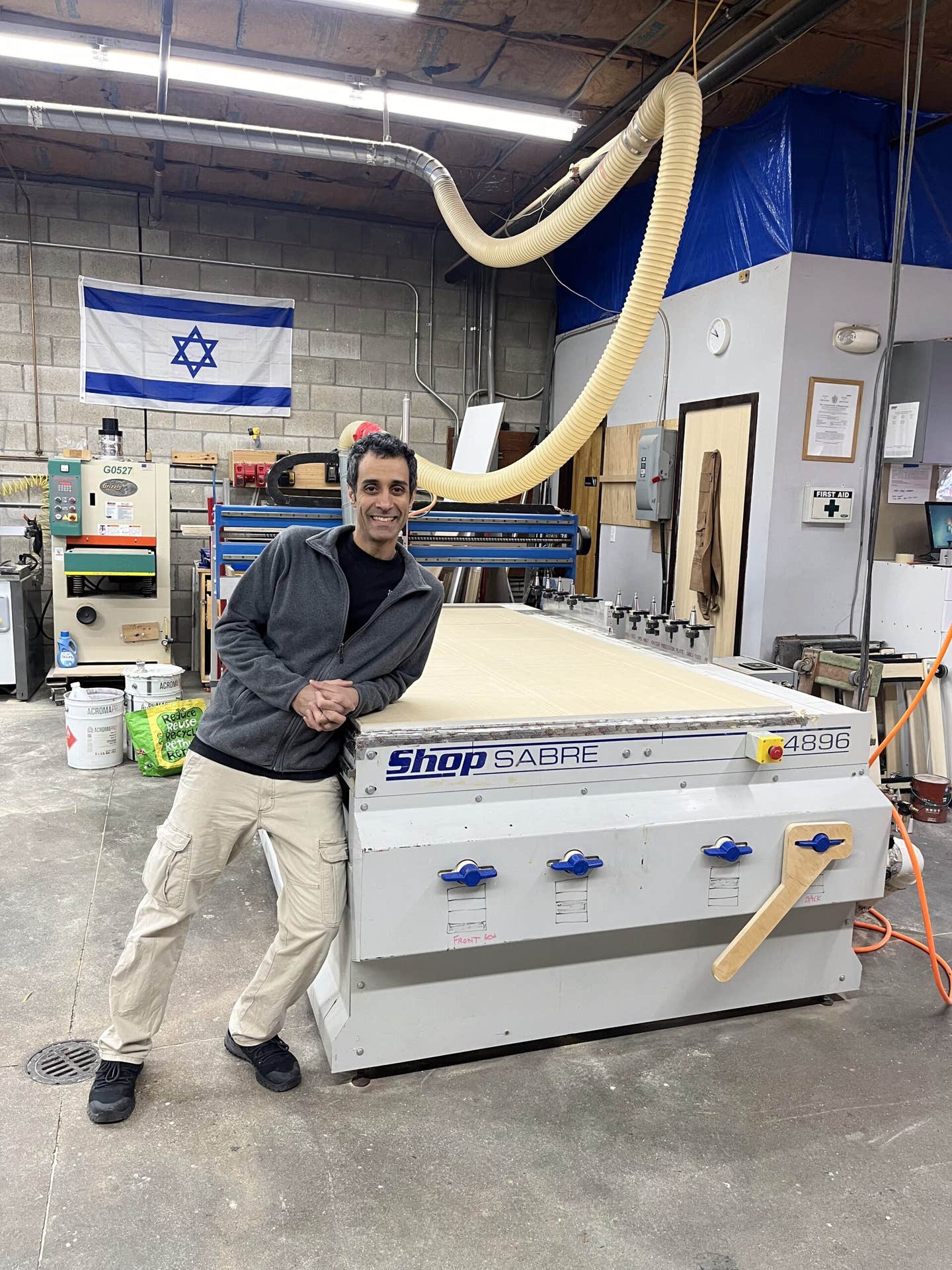Closing the deal takes a deft touch
What does a custom woodshop really sell — a craft or a service? One of the first things learned at business school is that there’s a difference between marketing and…
What does a custom woodshop really sell — a craft or a service?
One of the first things learned at business school is that there’s a difference between marketing and selling. In the simplest terms, marketing means getting the word out and sales is getting cash in your hand. For custom woodshops, the relationship between the two is often a little muddy. Some of the processes could belong in either camp. When a shop goes through the process of bidding a job, which is that? Theoretically, it would be sales, as you are now in contact with the potential client and discussing specifics. Getting a customer to make the initial call that led to the bid — that’s a job for the marketing department. Once the fish bites, it’s up to the sales team to land it.
Marketing has become a little more complex through the years and now includes everything from design to delivery. When the big-box stores began advertising CAD design services (a marketing master stroke), the initial feeling among cabinetmakers was that this was going to lead to some serious competition. Now the stores weren’t just offering inferior factory cabinets: they were also providing design and planning services.
Initially, CAD in retail environments offered standardized box sizes with a lot of small fillers to help them fit the space. It was a long way from custom design. Through the years, our customers came to understand that the addition of computer-aided design didn’t mean that the quality of the woodworking had improved. Many of the cabinets were stapled together and had particleboard drawer sides and basic flat panel doors.
Then, outsourcing happened. Shops that had been custom builders began looking at the possibility of specializing — building in large quantities and supplying smaller shops with high-quality components. It didn’t take long for the big-box stores to jump aboard and begin offering better boxes at bargain prices. The old 3-inch increment standard went by the wayside and they could now offer casework that just needed scribing — no fillers. Software evolved to the point that a customer could walk through a 3-D kitchen and watch drawers slide and appliances change color. The arrays of door designs and finish options exploded, as did the level of joinery. Dovetails and mortises were no longer unusual. Construction techniques and materials had caught up with CAD.
How on Earth was a custom shop supposed to compete with all that?
Listen and learn
The bottom line is that woodshops can provide a more comprehensive, attentive service than the big-box stores and therein is our salvation. The product might even be similar, but service makes all the difference.
Think about the customer rather than the product and lights begin to go on. A customer who is only interested in price will inevitably choose a factory kitchen or bathroom from a chain retailer. This is often somebody who understands that they will sell the property in a few years, so they don’t have an emotional investment: it’s a house, not a home. Or they might be constrained by a set budget and simply don’t have the option to customize. Perhaps they don’t have the artistic bent to see the potential of the room or they have an attitude that good enough is, well, good enough. If it works for everyone else, why do we need something different?
The stark reality is that a custom designer doesn’t really want to work with these folks. If a customer doesn’t share the vision, the designer will have to push and pull, rather than guide the process.
The word “custom” suggests that a design will be individual, non-repetitive and distinct. A good designer doesn’t create in a vacuum. If every job coming out of the shop looks similar, then the designer is imposing his or her own precepts upon projects. The process is not including many of the customer’s ideas and is relying on outsourced components to “sell” the design.
There are two sides to the design paradigm. The client will bring something to the table — perhaps a broad view that includes period prejudice, such as Arts & Crafts or French provincial, or a specific function such as the ability to accommodate two cooks or a unique culinary style. Perhaps they bake more than boil or season at the stove rather than the prep counter. Maybe they inherited heirloom dishes that can become display items rather than just another storage challenge.
The designer, above all else, must bring this: the ability to listen.
Rather than bow to the constraints of a catalog, he or she needs to begin with the customer’s needs rather than the available casework. Aesthetics such as door style and species are secondary to the way in which specific clients will ‘live’ in their new spaces. It’s tempting to begin the process by drawing the dimensions of the room and locating windows and doors, but that needs to be the second step. A conversation must begin with the customer speaking and evolve into the designer offering options and solutions.
A designer also needs to keep in mind the manner in which the woodshop can serve the vision in ways that a big-box store can’t. For example, a shop can borrow a design element from an existing piece of furniture or an architectural element in the client’s home and incorporate it in the kitchen concept. This might be anything from a turned pedestal that can be replicated to a specific arc that can be used in window valances or door top rails or perhaps glazing or color choices that complement the family’s décor. Often, this is a component custom made in the shop that is married to standard outsourced parts in a seamless, yet ingenious manner.
If at all possible, a draftsman should visit the home before drawing anything. Walking through the space gives the custom designer a huge advantage over somebody who is sitting at a computer in a home store and working with a dimensioned drawing that was supplied by a contractor. And it’s not just about the space. Meeting the kids and even the family dog can build a bridge between designer and client that will nuance the conversation and perhaps open up some opportunities for discussions that lead to fresh insights and imaginative solutions. Even if the designer only sees a single, small opportunity to improve the kitchen (adding toddler locks, perhaps, or a spot for Fido’s bed), this is a personal gesture that will improve the shop’s chances of closing a deal.
It’s very tempting to open up a laptop and start showing 3-D images to clients right away, but having the patience to first establish a relationship and discover what they really want can pay big dividends down the road. Launching a design and then having to scrap it because it has little to do with the customer’s vision is disheartening and it also leaves a hint of unprofessionalism in the air. Why did you take us down this road if you didn’t know where it went?
Custom planning
While pure design is about aesthetics, planning (as in layout) is often about ergonomics. Once design elements such as door style, color, hardware, countertops and so on have been selected, the next step in the process is creating a workable environment. Will a standard countertop height work? Who is the primary cook — the diminutive wife or the husband who can dunk a basketball? Do handles or knobs work better with the customer’s arthritis? Which door do the groceries come in and is there some place to set them down? Do the kids like to cook? Can a nine-year-old reach dishes when he’s asked to set the table?
These are the kinds of questions that set a custom plan apart from a big-box solution. Planning isn’t just about placing major appliances conveniently. It’s also about discovering patterns and accommodating them. For example, in an open kitchen with a dining area, will Grandpa always have to move his chair a few inches when one of the kids wants to go get seconds? If somebody reaches for a plate, will the corner of the door on the upper cabinet clock the cook?
Planning can cross the line into design at times, especially when one needs to tackle subtle attributes. For example, how does one take full advantage of available light (both natural and artificial)? Perhaps the most facile solution is to change the depth of casework or eliminate a valance — or even a cabinet. Maybe there’s an option to frame a view of the garden, rather than sandwiching the window between two full-depth wall cabinets on either side of the sink.
There’s another aspect to planning, too. Running a successful business requires both sales and efficient cost management. Planning how the job is going to travel through the shop can have a big impact on cost, so its path needs to be established before an estimate can be developed. For example, how much of the kitchen needs to be built and how much of it can be outsourced? That ratio can determine everything from inventory to overtime and can have a huge effect on a bid.
Estimating
CAD design has come a long way in recent years. Almost every project design package includes optimization and estimating programs. Many of these will work with specific component suppliers’ catalogs, so a shop can design a kitchen and simply drop in product codes that relate to specific parts. Getting a list of boxes, doors and hardware makes quick work of the arithmetic and helps eliminate mistakes, too.
Even if nothing is being outsourced, the amount of work a shop owner needs to do to arrive at a materials estimate is not overwhelming. This is, after all, a finite number. We need so many of those at this price. But it takes hands-on experience to come up with solid numbers for labor and overhead.
Not everybody works at the same pace or delivers an identical quality of work. Sometimes, things need to be redone or the pace is slower because somebody is being trained. Perhaps the fastest worker will be on vacation the week the job being estimated is running through the shop.
The traditional solution has been to average things out. If a shop has this many employees and they can produce so many linear feet of base cabinetry/drawers/doors, etc., in this amount of time, then the average for the shop can be determined. That’s a pretty reliable way to assess capability in a traditional environment where virtually everything is being produced in-house. The larger the volume (the more work being performed), the more accurate the average will be.
With changes in the business model, such assumptions are no longer quite as reliable. When a shop buys in large numbers of components, the emphasis switches from construction to assembly/installation. These are a different set of skills and the potential for delay also changes. Outsourcing generally results in a shop being able to take on more and/or larger jobs, but it also opens up the possibility of outside factors influencing the timetable.
For a start, the parts supplier might hit a bump and not deliver components when promised. Or something can arrive damaged and need to be replaced and, because it wasn’t built in the woodshop, the installer needs to wait until the factory sends a replacement. However, these types of problems are rare when dealing with a reputable supplier.
Far more likely is an issue that has become a little more obvious during the last few years as more and more shops switch to outsourcing. Not having to build everything in-house means that the pace for completing jobs has picked up quite a bit, especially in large-scale jobs such as apartments and institutional work. In fact, the rate at which rentable real estate is being built has picked up quite a bit during the last five years in many major metropolitan markets and there has been a corresponding slowdown in the construction of privately owned homes.
The point here is shops that outsource can complete more casework in a shorter time, but the rest of the construction industry hasn’t changed pace accordingly. So the plumbers, carpenters and electricians are not always keeping up with cabinet shops. And because of the switch from single homes to multiple-unit residences, the nature of casework has changed a little. Producing 50 identical kitchens takes less time than building 50 unique ones, for example.
Closing the deal
Delays are a big part of estimating and they’re also a big part of customer satisfaction — or the lack thereof. If word gets out that a woodshop doesn’t deliver on time or as promised, getting people to sign on the dotted line can be quite challenging. That’s especially true in smaller markets where word-of-mouth is a significant factor in marketing.
When it comes to closing the deal, it’s important to know what exactly the custom woodshop is selling. Is it the craft or the service? Is it the quality of the cabinetry or the amount of faith a customer feels he or she can place in the salesperson and the business as a whole?
The nature of the industry is evolving and, as it does, the emphasis is perhaps a little less on craft and more on service. That’s because with outsourced components, construction quality is becoming a more level playing field.
The fact that the cost of a decent kitchen is now akin to the cost of a decent automobile also plays a role: as a percentage of the entire cost of constructing a new home, our customers are investing more than they ever have in casework. That means we not only need to deliver a terrific product, but be seen to do so.
Part of that perception from a customer’s point of view is the salesperson’s ability to point out the merits of the casework and hardware, but it also means that we need to make the entire experience more pleasurable and enticing that it has been in the past. Great software and innovative component suppliers go a long way toward making this possible. We must use the tools they give us in ways that ease the customer’s fears and open up their personal creativity. The more that clients see themselves being involved in design decisions, the more they will feel the project is truly custom. And the more they own the project, the more likely they are to trust you, commit to it and close the deal.
One final thought: there’s a fine line between getting personal and getting too personal. This is, after all, a business relationship. There’s nothing wrong with building a personal friendship on a foundation that began as a business acquaintanceship. But if you’re going to book a golf date or invite them over for dinner, just wait until after the check has cleared.
This article originally appeared in the May 2015 issue.



